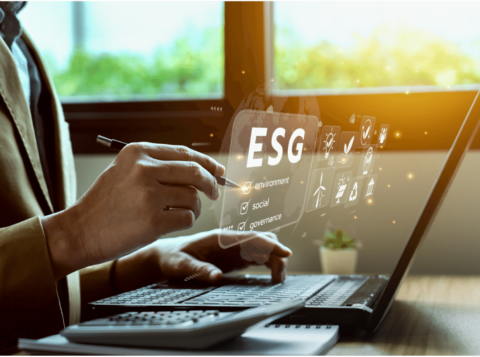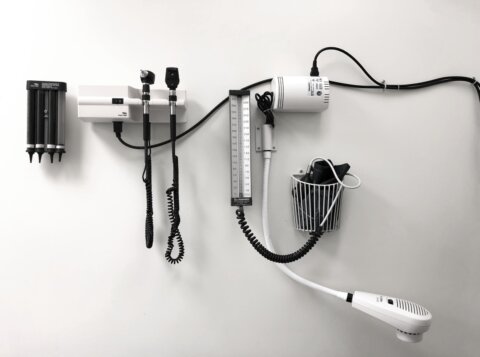The Path To Net Zero: Decarbonization Strategies for Higher Education
This is an AArete Higher Education insight
In a recent episode of “The Week in Sustainability,” I discussed the ambitious yet achievable goal of decarbonizing higher education by implementing strategic planning and advanced technologies.
As a sustainability lead, I have experienced the complex challenges and promising opportunities that accompany steering universities toward a greener future. Over the past five years, we’ve supported our clients in understanding sustainability, harnessing data, and enacting net zero roadmaps.
Here are some key takeaways and strategies I delved into with host Alyssa Rade, underscoring the role of technology, cost reduction, and cross-functional collaboration in decarbonization initiatives.
A Roadmap To Decarbonization
Creating and implementing decarbonization roadmaps is a significant undertaking. Higher education institutions can rely on the strengths that differentiate them from other types of organizations to achieve their sustainability goals.
Universities, unlike corporations, can develop a longer-term approach that bucks short-term profits in favor of steady progress. In this unique position, universities can align their decarbonization initiatives with their broader impact on students, research, and communities.

Another strength of higher education institutions is the high level of buy-in from all levels — students and faculty alike possess enthusiasm and knowledge in confronting climate change. Meanwhile, at corporations, this interest might not extend beyond compliance or a few passionate individuals, making it difficult to inspire collective action and establish a unified front.
The challenge for universities is channeling this passion into a structured, long-term plan. A comprehensive roadmap balances idealistic ambitions with realistic benchmarks that consider current commitments and future opportunities. In practice, this means a university might tackle different aspects of decarbonization based on contract renewal timelines and available resources to ensure each step is manageable and contributes to the broader goal.

Harnessing Measuring and Reporting Technology
Throughout our discussion, it was evident that technology is not just a recommendation but a necessity for advancing sustainability goals. With existing commitments to disparate sustainability frameworks, universities often find measuring and reporting cumbersome. Without centralized data, this process becomes needlessly inefficient.
Sophisticated data management software can streamline these tasks, freeing up time and resources for sustainability efforts rather than administrative tasks. Automating measurement and reporting processes empowers sustainability officers to prioritize strategic, meaningful work and ensure continuous progress toward goals.
Real-World Applications and Considerations
In the podcast, a prime example we discussed was a higher education project where the initial assessment uncovered that over 50% of emissions stemmed from construction and facilities. By revising the RFP language to prioritize eco-conscious suppliers, the university made significant strides.
This exemplifies strategic procurement and investment decisions’ vital role in an effective decarbonization plan. Targeting procurement and setting clear criteria allows universities to advance their goals. Likewise, understanding supplier impacts and aligning procurement strategies with sustainability objectives ensures universities can reduce overall emissions and implement more impactful practices.
Overcoming Challenges Through Collaboration
Sustainability officers are often spread thin, grappling with extensive responsibilities and insufficient resources. Improving communication and leveraging technology can alleviate this pressure and pave the way for dynamic contributions.
With 80% of university emissions coming from procurement, facilitating cross-departmental collaboration, as well as educating and involving procurement officers, is essential. Part of this all-hands-on-deck approach is centralizing communication and helping each department understand how they factor into the roadmap for decarbonization.

A Greener Future in
Higher Education
The road to decarbonization may often seem unnavigable, but it is a necessary feat achieved by utilizing the right strategies and tools. Universities can make steady progress toward their sustainability goals by prioritizing ideas, leveraging technology, and empowering broad, unified involvement.
For more expert insights and real-world examples, click here to tune into the full episode of “The Week in Sustainability” and learn how we collectively create a sustainable future.
Meet The Author

Tyler Thomas
Senior Consultant










































































